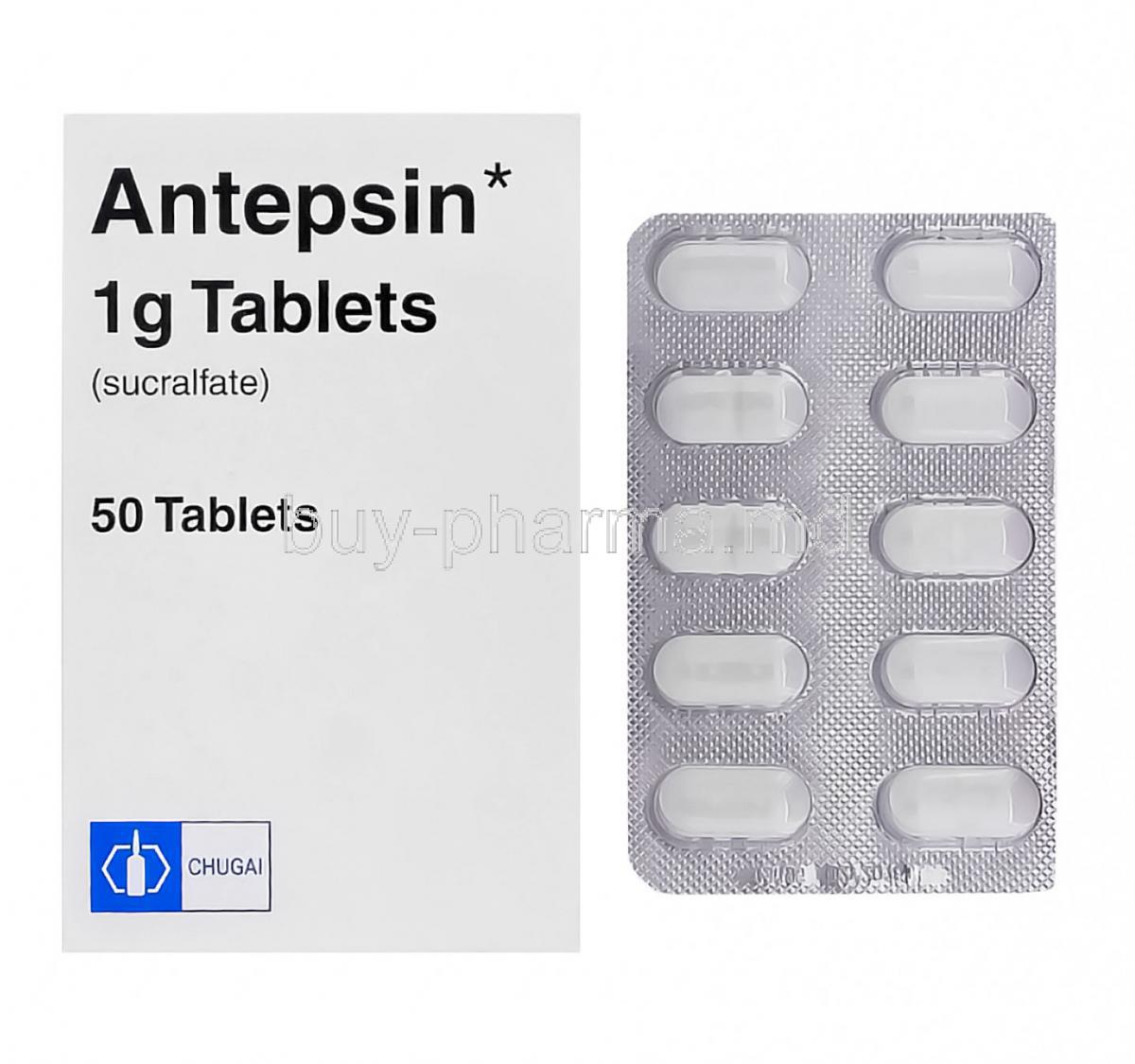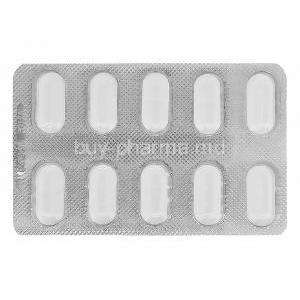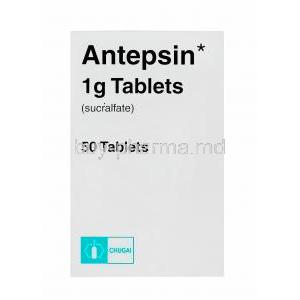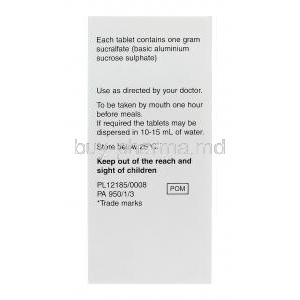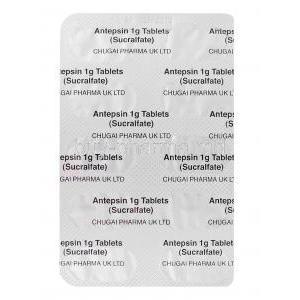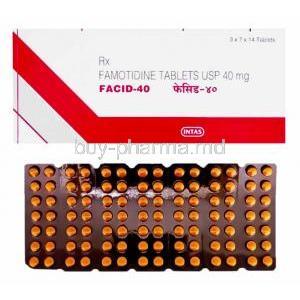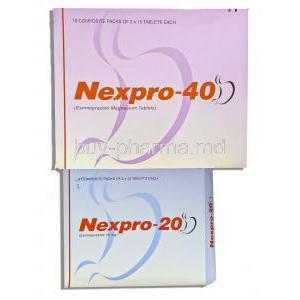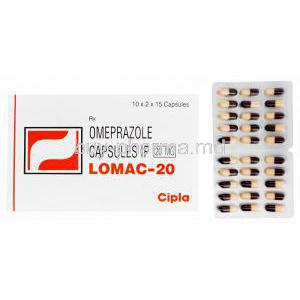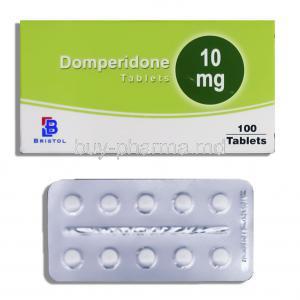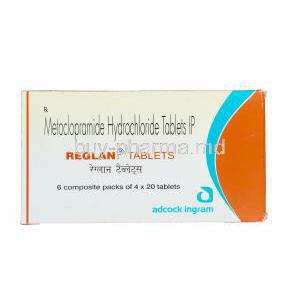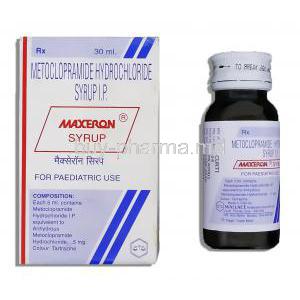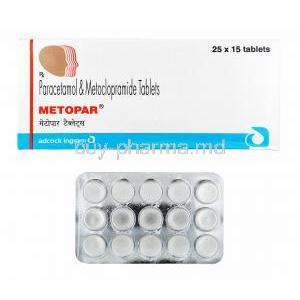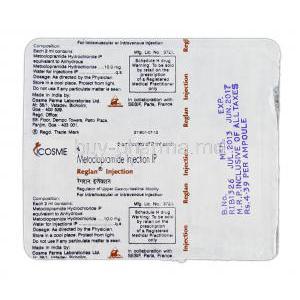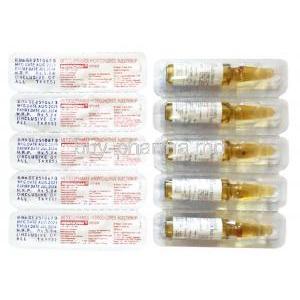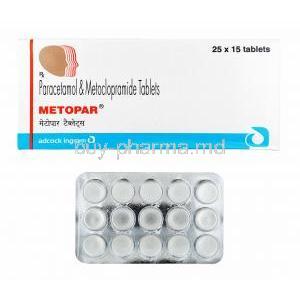Introduction to Antepsin (Sucralfate)
Overview of Antepsin as a Gastroprotective Agent
Antepsin, containing the active compound sucralfate, is a specialized medication classified as a gastroprotective agent. It acts not by neutralizing stomach acid but by creating a resilient protective layer across damaged mucosal tissue. This unique property makes it an indispensable tool in the management of various ulcerative and acid-related conditions.
Therapeutic Class and Historical Background
Sucralfate belongs to the class of locally acting gastrointestinal protectants. First introduced in the 1970s, it emerged as an alternative to traditional antacids and H2-receptor antagonists. Its distinctive mechanism, involving direct mucosal adherence, separated it from other therapies of its era and secured a continuing place in gastrointestinal pharmacology.
Role in Modern Gastrointestinal Treatment
Despite the rise of proton pump inhibitors, Antepsin maintains clinical relevance. Physicians frequently prescribe it in patients where systemic acid suppression may not be ideal, such as in certain elderly populations or those with comorbidities. Its safety profile and localized action make it particularly valued in supportive treatment regimens.
Composition and Formulation
Active Ingredient: Sucralfate
Each dose of Antepsin provides sucralfate, an aluminum salt of a sulfated disaccharide. Upon exposure to gastric acid, it undergoes polymerization and cross-linking, transforming into a viscous substance that binds to mucosal lesions.
Available Dosage Forms
- Tablets: commonly prescribed for adults with peptic ulcer disease
- Oral Suspension: beneficial for patients with swallowing difficulties and pediatric use
Inactive Components and Excipients
Formulations typically include stabilizers, sweetening agents for suspension, and inert fillers. These additives ensure stability, palatability, and consistent drug delivery.
Sucralfate and pantoprazole
Sucralfate and pantoprazole can be taken together, but you should take pantoprazole at least 30 minutes before sucralfate to ensure they are effective, as pantoprazole needs an acid environment and sucralfate can become less effective if it binds to the acid-reducing pantoprazole instead of the ulcer site.
Sucralfate vs omeprazole
Sucralfate forms a protective barrier over ulcers, while omeprazole (a proton pump inhibitor) blocks stomach acid production, making it more effective at healing severe ulcers. Omeprazole is generally superior for symptom relief and healing rates, especially in severe cases, but sucralfate provides a physical protection that can be beneficial.
Carafate vs Sucralfate
Sucralfate is a medication that treats stomach ulcers. It forms a barrier over the ulcer. This protects it from stomach acid and helps it heal. The brand name of this medication is Carafate
Sucralfate Mechanism of Action: How Antepsin Works
Formation of Protective Barrier on Ulcer Sites
In acidic conditions, sucralfate binds electrostatically to positively charged proteins at the base of ulcers. This produces a tenacious, paste-like barrier resistant to further acid and enzymatic insult.
Interaction with Gastric Acid and Mucosal Proteins
Unlike neutralizing antacids, Antepsin requires gastric acid to activate its protective effect. Once polymerized, it adheres to mucosal proteins and remains bound for up to six hours.
Cytoprotective Properties and Prostaglandin Stimulation
Beyond mechanical protection, sucralfate enhances local prostaglandin production and stimulates bicarbonate secretion, strengthening the mucosal defense system.
Reduction of Bile Salt–Induced Mucosal Damage
By binding and inactivating bile salts, Antepsin minimizes epithelial irritation in patients suffering from reflux-related conditions.
Sucralfate Uses
Sucralfate for Ulcers
Antepsin is widely prescribed for short-term healing of duodenal ulcers. Clinical trials demonstrate significant rates of mucosal recovery within 4 to 8 weeks of therapy.
Short-Term Therapy for Gastric Ulcers
Gastric ulcers also respond well to sucralfate. Its localized protective mechanism expedites epithelial regeneration while reducing pain and bleeding risk.
Maintenance Therapy for Ulcer Prevention
For patients prone to recurrence, low-dose sucralfate is used prophylactically to reduce relapse rates, especially when combined with lifestyle modifications.
Management of Gastroesophageal Reflux Disease (GERD)
Antepsin can alleviate GERD symptoms by coating the esophageal mucosa, reducing acid injury, and limiting inflammation.
Sucralfate for Gastritis
Critically ill patients in intensive care are often given Antepsin as a preventive strategy against stress-induced erosions and gastrointestinal bleeding.
Off-Label Uses of Sucralfate
Radiation-Induced Esophagitis and Gastritis
Sucralfate suspension is frequently used in oncology to relieve pain and promote healing in patients undergoing radiotherapy.
Prevention of Anastomotic Ulceration after Gastric Surgery
Surgeons sometimes prescribe Antepsin postoperatively to protect vulnerable mucosal surfaces and reduce surgical complications.
Treatment of Stomatitis and Oral Mucositis in Cancer Therapy
Topical sucralfate suspensions have shown benefit in soothing chemotherapy-induced oral ulcers, providing a protective and analgesic layer.
Adjunct Therapy in Chronic Renal Failure
In patients with renal disease, Antepsin helps alleviate uremic gastritis symptoms, although monitoring for aluminum accumulation is advised.
Use in Pediatric GERD and Peptic Disorders
Pediatric use is limited but growing, with sucralfate serving as a safer option in cases where systemic acid suppression may be contraindicated.
Sucralfate for horses
Sucralfate for horses treats gastric ulcers by protecting the stomach lining, reducing pain, and promoting healing.
Dosage and Administration Guidelines
Sucralfate Dosage for Adults for Duodenal Ulcers
Typical therapy involves 1 g administered four times daily, ideally on an empty stomach. Healing is usually observed after 4 to 8 weeks.
Dosage Recommendations for Gastric Ulcers
Regimens are similar to duodenal ulcer treatment, with individualized adjustments based on severity and patient response.
Sucralfate dosage for Gastritis
Adult: Usual dose: 1 g 4 times daily for 4-8 weeks. Doses to be taken 1 hour before or 2 hours after meals.
Suspension vs Tablet: Administration Instructions
- Tablets should be swallowed whole with water
- Suspension must be shaken vigorously and measured precisely
Timing in Relation to Meals and Other Medications
Antepsin is most effective when taken one hour before meals and at bedtime. Other medications should be spaced at least two hours apart to prevent binding interactions.
Typical Duration of Therapy and Tapering Considerations
Most ulcer treatments require 4–8 weeks. In recurrent cases, physicians may recommend maintenance therapy at a reduced dose.
Special Dosage Adjustments
Sucralfate Dosage
Caution is warranted in renal insufficiency due to the aluminum content, as accumulation may lead to toxicity.
Adjustments in Hepatic Impairment
No major modifications are generally required, though clinical monitoring is advisable in severe liver disease.
Considerations in Elderly Patients
Elderly individuals may be more susceptible to constipation. Dose adjustments and hydration support are often recommended.
Side Effects of Antepsin
Side Effects of Sucralfate
Antepsin is generally well tolerated, with most side effects being mild and transient. Severe adverse reactions are rare.
Gastrointestinal Disturbances
Some patients experience constipation, dry mouth, or mild indigestion. These symptoms typically diminish with continued use.
Rare Hypersensitivity Reactions
Though uncommon, rashes, pruritus, and respiratory reactions have been documented.
Serious but Uncommon Side Effects
Aluminum toxicity in renal-compromised individuals and bezoar formation in critically ill patients represent the most serious risks.
Common Side Effects
- Constipation
- Nausea and vomiting
- Abdominal discomfort
- Flatulence and bloating
Warnings and Important Precautions
Risk of Bezoar Formation in Critically Ill Patients
Antepsin (sucralfate) may occasionally lead to the development of gastric bezoars in severely ill individuals. This is particularly relevant for patients with reduced gastric motility, those on mechanical ventilation, or individuals receiving enteral nutrition. Bezoar formation can obstruct the gastrointestinal tract and complicate treatment outcomes.
Precautions in Individuals with Impaired Swallowing or Feeding Tubes
For patients with dysphagia or those who rely on nasogastric or gastrostomy tubes, careful administration is essential. Improper dilution of suspension can cause tube blockage. Proper flushing protocols before and after dosing minimize the risk of obstruction.
Importance of Separating Administration from Other Drugs
Sucralfate can adhere to a variety of orally administered drugs, reducing their absorption and therapeutic effect. A strict separation of at least two hours between Antepsin and other medications is recommended to preserve efficacy.
Monitoring Requirements During Long-Term Therapy
Extended use requires periodic assessment of:
- Renal function, especially in those predisposed to aluminum retention
- Gastrointestinal health, including risks of constipation or bezoar formation
- Overall nutritional status to ensure no hidden deficiencies
Contraindications
Known Hypersensitivity to Sucralfate or Excipients
Patients with a history of allergic reactions to sucralfate or its inactive ingredients should not be administered the medication. Hypersensitivity reactions, though rare, may manifest as rash, pruritus, or respiratory difficulty.
Patients with Severe Chronic Renal Failure Prone to Aluminum Toxicity
Since sucralfate contains aluminum, patients with advanced renal impairment may accumulate toxic levels over time. This contraindication is critical to prevent encephalopathy, osteomalacia, or worsening of bone disease.
Foods to avoid while taking sucralfate
Avoid taking antacids, sucralfate, dairy products, and iron and zinc supplements within two hours of taking this medication.
Sucralfate OTC alternative
OTC antacids like calcium carbonate (Tums), H2 blockers such as famotidine (Pepcid) or cimetidine (Tagamet), or proton pump inhibitors (PPIs) like omeprazole (Prilosec)
Careful Administration Considerations
Patients with Renal Impairment
Renal insufficiency requires cautious use due to the risk of aluminum accumulation. Monitoring serum aluminum and clinical vigilance are strongly advised.
Patients on Dialysis
Those undergoing dialysis are at heightened risk of aluminum-related complications. Use should be strictly supervised, and alternative therapies may be considered.
Polypharmacy and Risk of Drug Binding Interactions
Patients on multiple medications are more vulnerable to absorption issues. Drugs with narrow therapeutic indices, such as digoxin or warfarin, require special attention when administered alongside sucralfate.
Frail or Malnourished Individuals
In undernourished patients, the likelihood of constipation and bezoar formation increases. Adequate hydration and nutritional support should be maintained during therapy.
Administration in Special Populations
Elderly Patients
Older adults may exhibit slower gastrointestinal transit and altered drug absorption. Constipation is more common in this group, necessitating dietary fiber and hydration as supportive measures.
Pregnant Women
Available evidence suggests minimal systemic absorption of sucralfate, making it relatively safe in pregnancy. Nonetheless, it should be prescribed only when therapeutic benefit outweighs potential risks.
Nursing Mothers
Although sucralfate is poorly absorbed, trace elements of aluminum may theoretically pass into breast milk. Clinical significance is considered low, but caution is advisable in nursing mothers.
Children and Adolescents
Pediatric use remains limited and often off-label. While sucralfate has been employed in pediatric GERD and ulcer management, safety and efficacy data are not as robust as in adults.
Sucralfate Interactions
Binding Interactions with Antibiotics
Sucralfate can markedly reduce the absorption of antibiotics such as fluoroquinolones and tetracyclines. This may compromise treatment efficacy in infections.
Interactions with Digoxin, Phenytoin, and Levothyroxine
Absorption of these critical medications is reduced when co-administered with sucralfate. Clinical monitoring and timing adjustments are necessary to maintain therapeutic plasma levels.
Effect on Antacid Therapy
Concurrent use of antacids may interfere with sucralfate activation in acidic environments. If both are required, careful scheduling must be observed.
Strategies to Minimize Interactions
- Administer sucralfate at least two hours before or after other oral drugs
- Consider therapeutic drug monitoring for medicines with narrow therapeutic ranges
- Educate patients on proper spacing between doses
Overdose Management
Signs and Symptoms of Overdose
Overdose is rare but may lead to severe gastrointestinal disturbances, constipation, or bezoar formation. In patients with renal disease, systemic toxicity can occur.
Risk of Aluminum Toxicity in Renal Impairment
Excessive exposure may result in neurological changes, bone pain, and anemia. These complications are particularly concerning in chronic kidney disease.
Supportive Treatment and Medical Interventions
Treatment is largely supportive, including gastric lavage if necessary, correction of electrolyte imbalances, and dialysis in severe aluminum toxicity cases.
Handling and Storage Precautions
Recommended Storage Temperature and Conditions
Antepsin should be stored at controlled room temperature, protected from moisture and direct sunlight. Extreme temperatures may compromise its effectiveness.
Stability of Suspension vs Tablets
Oral suspension requires shaking prior to use and should not be frozen. Tablets are generally more stable but must be kept in airtight containers.
Safe Handling in Clinical and Home Settings
Care should be taken to avoid contamination of suspension bottles. Measuring devices must be clean and dry to ensure accurate dosing.
Disposal Guidelines for Unused or Expired Medication
Expired or unused Antepsin should not be disposed of in household waste or sewage. Pharmacies often provide take-back programs to ensure safe and environmentally responsible disposal.
Antepsin, Sucralfate FAQ
- What is Antepsin used for?
- When is the best time to take Antepsin?
- Is antepsin the same as sucralfate?
- What is the drug sucralfate used for?
- Is sucralfate the same as Gaviscon?
- When should you take sucralfate?
- Does sucralfate get rid of acid reflux?
- Can sucralfate reduce stomach pain?
- How quickly does sucralfate work?
- Which is better, omeprazole or sucralfate?
- What should you avoid when taking sucralfate?
- Which is better, antacid or sucralfate?
- What is a good substitute for sucralfate?
- What is the most common side effect of sucralfate?
- Can you take omeprazole and sucralfate together?
- Does sucralfate reduce gas?
- Is sucralfate safe for kidneys?
- Can sucralfate heal gastritis?
- Can I take pantoprazole and sucralfate together?
- Does sucralfate cause gas?
- Can I go to bed after taking sucralfate?
- Does sucralfate treat GERD?
- What is the warning for sucralfate?
- Can I take Gaviscon with sucralfate?
- How long to take sucralfate for gastritis?
- Is sucralfate good for chronic gastritis?
What is Antepsin used for?
Antepsin is prescribed for adults and adolescents aged 14 and older to treat duodenal ulcers, gastric ulcers, chronic gastritis, and to prevent gastrointestinal bleeding due to stress ulcers in critically ill patients.
When is the best time to take Antepsin?
1 hour before meals and at bedtime.
Is antepsin the same as sucralfate?
Yes
What is the drug sucralfate used for?
Sucralfate is prescribed to treat and prevent duodenal ulcers, along with other conditions as advised by your physician. It functions by creating a protective barrier or coating over the ulcer. This shields the ulcer from stomach acid, facilitating its healing.
Is sucralfate the same as Gaviscon?
No
When should you take sucralfate?
On an empty stomach, 2 hours after or 1 hour before meals.
Does sucralfate get rid of acid reflux?
Sucralfate may assist in alleviating GERD symptoms and promoting healing in your esophagus.
Can sucralfate reduce stomach pain?
Yes
How quickly does sucralfate work?
1 to 2 hours after you take it
Which is better, omeprazole or sucralfate?
Sucralfate
What should you avoid when taking sucralfate?
If you are taking sucralfate, it’s best to avoid eating for 1 hour prior to, and 2 hours after, taking the medication.
Which is better, antacid or sucralfate?
The sucralfate suspension offered a safe and effective means of stress ulcer prophylaxis, which might be more advantageous than antacid therapy due to its impact on gastric and pulmonary microbiota.
What is a good substitute for sucralfate?
What is the most common side effect of sucralfate?
Constipation
Can you take omeprazole and sucralfate together?
Take omeprazole at least 30 minutes before sucralfate.
Does sucralfate reduce gas?
Yes
Is sucralfate safe for kidneys?
Those experiencing severe renal impairment should use sucralfate with caution, as it may result in aluminum accumulation.
Can sucralfate heal gastritis?
Yes
Can I take pantoprazole and sucralfate together?
Take pantoprazole at least 30 minutes before sucralfate.
Does sucralfate cause gas?
Yes
Can I go to bed after taking sucralfate?
Yes
Does sucralfate treat GERD?
Yes
What is the warning for sucralfate?
Sucralfate has the potential to cause allergic reactions, which can be severe. Discontinue sucralfate immediately and seek medical assistance if you experience any of the following symptoms of a serious allergic reaction.
Can I take Gaviscon with sucralfate?
Using sucralfate in combination with aluminum hydroxide may reduce the effectiveness of sucralfate.
How long to take sucralfate for gastritis?
4-8 weeks
Is sucralfate good for chronic gastritis?
Acts to efficiently close the ulcer base and to stop the gastritis from getting worse.

